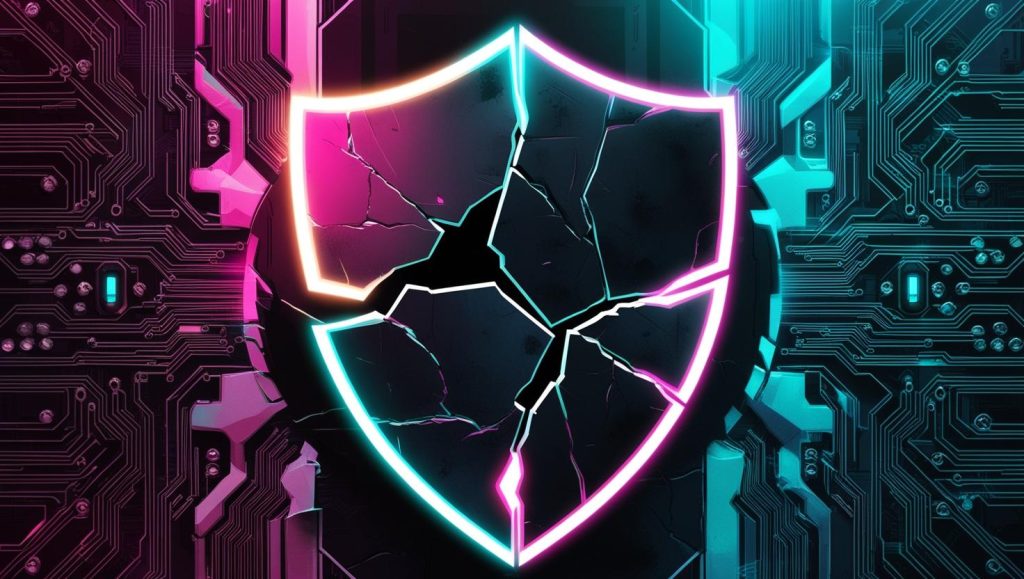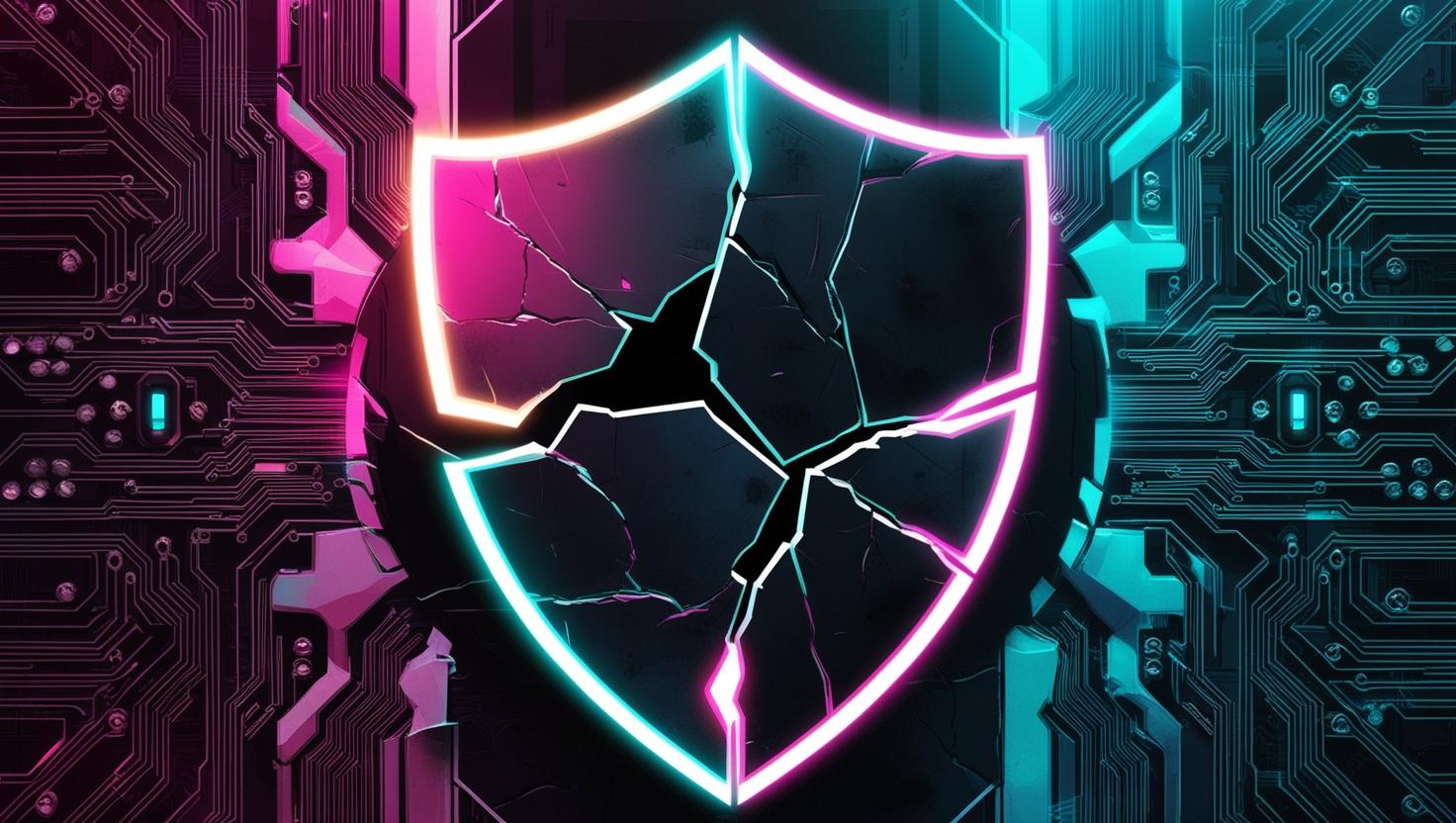Lessons from a Blue Team failure

Introduction
Effective cybersecurity relies not only on robust defense mechanisms but also on swift and coordinated incident response procedures. However, even well-prepared organizations can suffer critical failures if response protocols are not strictly followed. This article examines a real-world scenario where a Blue Team’s failure to act decisively during an ongoing cyberattack led to significant damage. We will analyze the missteps and discuss key takeaways from both, Blue and Red team prospective.
Incident overview
The sequence of the breach unfolded gradually, revealing several compounding failures along the way.
It began with the attackers taking advantage of an existing, albeit sporadically used, backup process—Robocopy. Although this mechanism had been flagged in previous security assessments as potentially risky, it had become somewhat normalized due to its occasional legitimate use. As a result, no alerts were triggered when it was used during the attack, allowing the exfiltration of sensitive data to proceed completely unnoticed.
Once the attackers had successfully extracted the data, they moved to the next phase of their operation: ransomware deployment. In the quiet hours of the night, they initiated the encryption process. The organization’s Endpoint Detection and Response (EDR) system did its job by correctly detecting the suspicious activity. However, it stopped short of taking autonomous action, such as blocking or isolating the affected systems.
The alert was picked up by the on-duty L1 analyst, who promptly created a ticket and followed the standard procedure by escalating it to the on-call L2 analyst. Unfortunately, this is where the escalation chain broke. Due to personal circumstances, the L2 analyst failed to notify or engage the Incident Response (IR) team, allowing the ransomware to continue spreading unchallenged throughout the infrastructure.
By the time morning came, the impact of the breach was unmistakable. Several critical servers were unresponsive, having already been encrypted. Thankfully, the organization had functional backups in place, which prevented complete data loss. Still, the incident resulted in substantial operational disruption, financial cost, and no small amount of frustration for the IT and security teams who had to pick up the pieces.
Organizational considerations and the Artichoke Model
From an organizational standpoint, this incident highlights the critical need for layered, adaptive defenses and resilience across operational boundaries; a concept more accurately represented by the Artichoke Model than by the more traditional Onion Model.
The Artichoke Model conceptualizes security as a collection of overlapping, dynamic, and context-aware protective layers, much like the structure of an artichoke. Unlike the Onion Model, which assumes that an attacker must peel through every layer sequentially, the Artichoke Model acknowledges that adversaries can bypass large portions of the defense by exploiting only a few weak layers. Through persistence, keen observation, and the ability to identify and manipulate interdependencies between components, attackers may gain access without having to penetrate all defenses.
In this case, several critical layers failed in unison.
On the technical front, the Endpoint Detection and Response (EDR) system functioned as expected in terms of detection, but it lacked proactive containment capabilities. This rendered it a passive observer rather than an active line of defense.
On the procedural side, while an escalation protocol was in place, it lacked built-in resilience. There was no safeguard or redundancy in case one part of the chain, such as an unavailable L2 analyst, broke down.
Finally, at the core of the organization, the human factor proved fragile. Decision-making under pressure, especially during isolated or after-hours shifts, exposed a lack of support structures and a limited culture of accountability. A stronger emphasis on shared responsibility and automated fallback mechanisms could have mitigated this vulnerability.
Ultimately, the Artichoke Model teaches us that defensive layers must not only be individually robust, but also coordinated and contextually aware of one another. Most critical failures do not stem from a single weak point, but rather from the alignment, or misalignment, of multiple interdependent weaknesses that allow a threat to slip through.
Key takeaways and lessons learned for the Blue Team
This incident leaves the Blue Team with some intel that can be used to enhance the security posture of the entire organization, not only from a tecnological prospective but also from an organizational one:
Monitor and Audit All Data Transfers
Regularly occurring but unmonitored data transfers present an ideal attack vector. It is crucial to enforce strict logging and alerting mechanisms for any large-scale file movements, even when performed by legitimate and known tools.
Ensure Automated Response in EDR Systems
If an EDR detects malicious activity, it should automatically block and contain the threat, rather than relying solely on human intervention. Fine-tuning EDR configurations to take immediate preventive actions can minimize damage.
Improve Escalation Protocols with Redundancy
Incident response teams should have a clear, enforced protocol for escalation. If an L2 analyst is unavailable, a backup point of contact should be mandated. A failure to escalate must trigger an automated alert to senior security personnel.
24/7 Active Incident Response Readiness
Organizations must ensure that incident response teams are immediately reachable at all times. This can be enforced through mandatory rotations, backup personnel, or even outsourcing to a Managed Security Service Provider (MSSP) for after-hours coverage.
Use the Artichoke Model to Strengthen the Organization
Security incidents should be analyzed using a layered and adaptive defense perspective. Organizations should regularly evaluate whether their layers work together coherently, dynamically adjusting as conditions change.
Run Simulated Drills and Post-Incident Reviews
Regular tabletop exercises and live-fire drills can identify procedural weaknesses before an actual breach occurs. Additionally, post-incident reviews should be mandatory to ensure continuous improvement in security operations.
What can a Red Team learn
From a Red Team perspective, this incident reveals valuable insights into exploiting real-world organizational weaknesses:
Operational Inconsistencies Are Gold
Red Teams can look for scheduled but inconsistent activities, such as irregular backup procedures, to mask exfiltration. Mimicking legitimate tools like Robocopy often provides a stealthy path for data exfiltration.
Timing Is Everything
Executing critical phases like ransomware deployment during off-hours (e.g., early morning) can reduce detection and slow down coordinated response. Knowing when an organization is least prepared is a tactical advantage.
Leverage the Human Element
Awareness of potential single points of human failure, such as reliance on one on-call analyst, can guide decisions on when to act. Social engineering or merely waiting for shifts to change can be enough to delay response.
Identify Gaps in Escalation Procedures
Understanding how alerts are escalated and who is responsible at each stage allows attackers to anticipate delays or dead-ends in response. Red Teams can simulate these weaknesses during engagements to demonstrate risk.
Exploit Misaligned Layers
The Artichoke Model suggests that each defensive layer must cooperate with the others. If a Red Team can find gaps in coordination, like a disconnect between detection (EDR) and action (IR engagement), they can exploit these failures to move laterally or escalate privileges unnoticed.
By incorporating these insights, Red Teams can craft more realistic adversary simulations, ultimately helping organizations uncover and patch critical weaknesses.
Conclusion
This case study highlights how a single point of failure in an incident response process can lead to widespread consequences. While technical security measures such as EDR play a critical role, the human factor remains the weakest link when procedures are not rigorously followed. By refining escalation protocols, ensuring automated threat containment, and maintaining 24/7 response readiness, organizations can significantly reduce the risk of prolonged and damaging cyber incidents. The Artichoke Model serves as a valuable framework for understanding and mitigating these risks by ensuring that multiple, interdependent layers of defense adapt and respond together to prevent a total system failure.
Author








